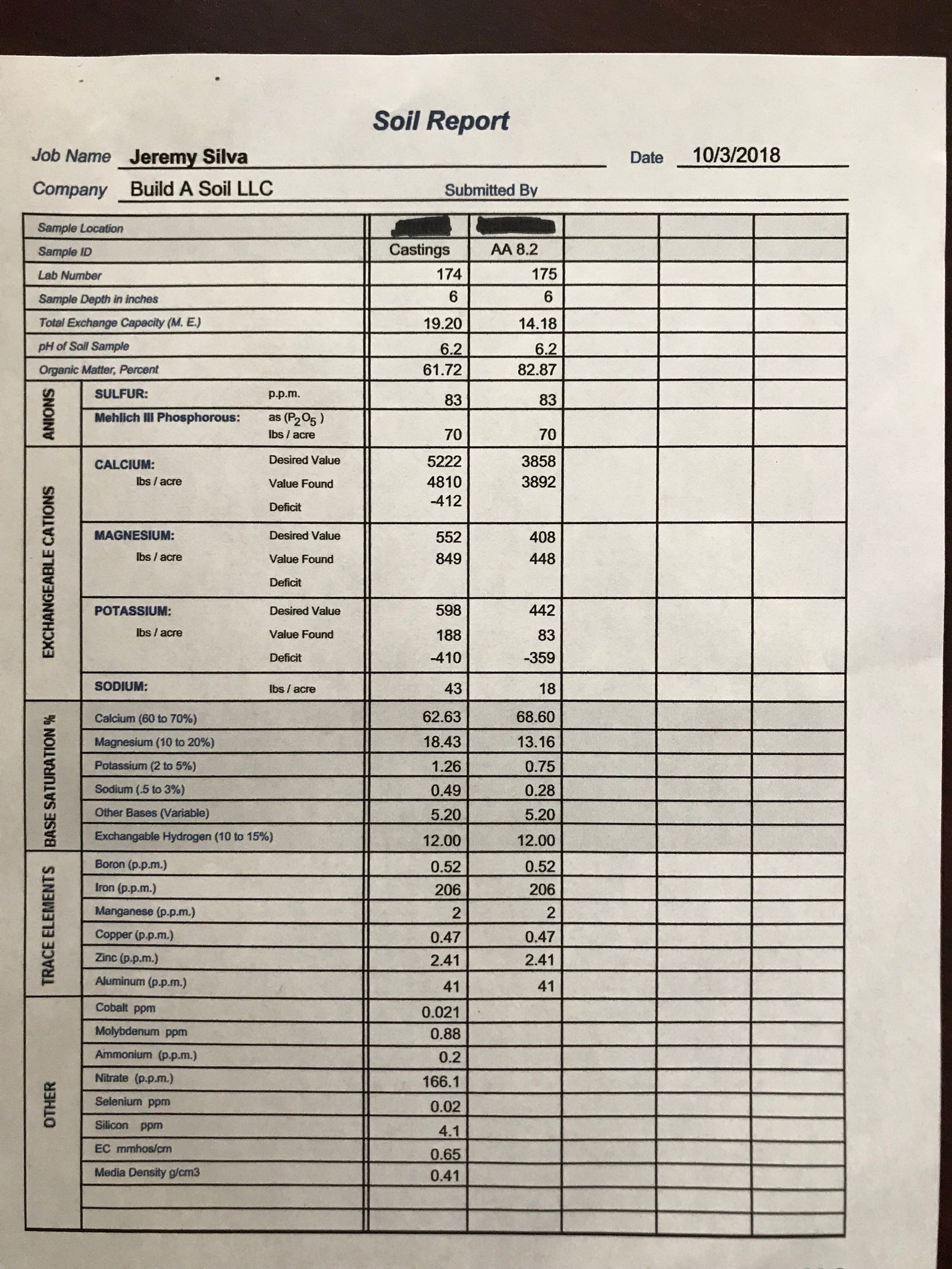
Fortunately most of it was kale and it withstood all my errors.

I didn’t know the formula I have now learned for this year. Used worm castings, although I was too late to order from mind and soil for last year, as suggested, and watched it grow and grow and grow. So we built a little greenhouse and with renewed confidence and a little mind and soil info I planted. My first huge battle so near to the forest was slugs, hundreds of slugs daily coming to munch. I randomly found Mind and Soil and just knew with that name I could trust the info. Those worms would produce 100 tons of castings - the equivalent of spreading two-thirds of an inch of manure on the surface.In 2021 I moved to a rural setting and soon realized my survival gardening skills had big gaps. Ray Weil, a University of Maryland researcher, once estimated high-quality soils no-tilled for more than 20 years likely contain 2,000 pounds of earthworms. The number of earthworms in no-till fields is the best indicator of soil life. The bins contain what looks like pitch-black dirt, and occasionally a worm glides to the surface, visible for a second before sliding back into the bedding. The lights in the room are kept on 24 hours per day, and the temperature is 72-78 degrees F year-round. Each bin contains worm bedding/feed and over 6,000 worms. Large bins line shelves on either side of a central walkway. “We call this the worm room,” Arbucias says, standing in one half of a barn converted to manage the thousands of worms. He’s hoping to expand production to 2-2.75 million pounds of worm castings in 2023 and refurbish the former hobby farm where the worms reside.

While most castings are sold by the truckload to soil blenders and then repackaged to smaller bags for small gardeners, some have been sold to no-tillers looking to boost fertility, retain water and improve soil structure in problem land areas. The co-owner of Lush Farms in Watertown, Wis., uses them to produce a million pounds of worm castings per year.


 0 kommentar(er)
0 kommentar(er)
